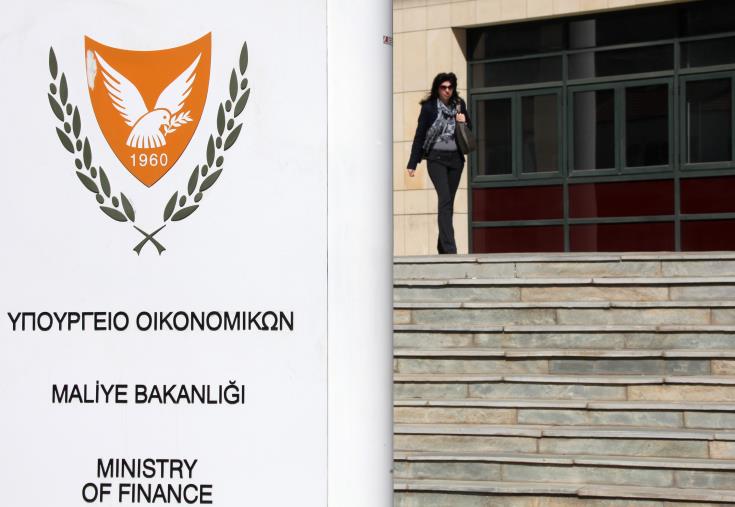The 10% richest households in Cyprus made as much as ten times more than poorest 10% in the fiscal year 2015-2016, according to the Statistical Service.
Specifically, the lowest 10% had an average annual disposable income of €8,397, while the top 10% had a disposable income of €84,429.
The average annual disposable income for the whole population in 2017 was €30,376, an increase of 2016’s €29,942.
The average gross monthly income for the second quarter of 2018 was measured at €1,827, while in 2017 was €1,801.
The figures show that inequality in Cyprus started increasing after 2011, before slowing down in 2014.
The Gini coefficient paints a similar picture.
Gini calculates inequality in the distribution of income among members of society. If the incomes were equally distributed to the population then the Gini coefficient would be 0%. But if all the income was concentrated by one person, then the Gini coefficient would be 100%. Increase in the Gini coefficient entails an increase in inequality.
The coefficient for 2017 was 30.8%, which was lower than 2016’s 32.1% and 2015’s 33.6%. It reached an all-time-high in 2014 with 34.8%.
Before the financial crisis the coefficient was 29.2% for 2011, 31% for 2012 and 32.4% in 2013.
Gender:
The figures show a disparity in income by gender.
The average gross monthly income for the second quarter of 2018 for women was €1,663, about €200 less than those of male employees, which stands at €1,827.
The figures show that inequality in Cyprus started increasing after 2011, before slowing down in 2014.
Europe:
A recent World Bank report addressed the issue of inequality in the EU saying that although the EU keeps growing, it is not “growing united.”
The productivity gap between Southern and Northern member states has been widening since the early 2000s.
“The EU,” the World Bank says, “started being divided in the rich North and the poor South. The growing inequality is partly due to the productivity gap between North and South. In 2011-2016, productivity growth stood at 1.5% in northern Europe but only at 0.2% in southern Europe.”
The European Gini coefficient for 2014 was 31%.
Read more:
https://in-cyprus.com/news/local/1-in-4-cypriots-at-risk-of-poverty/






